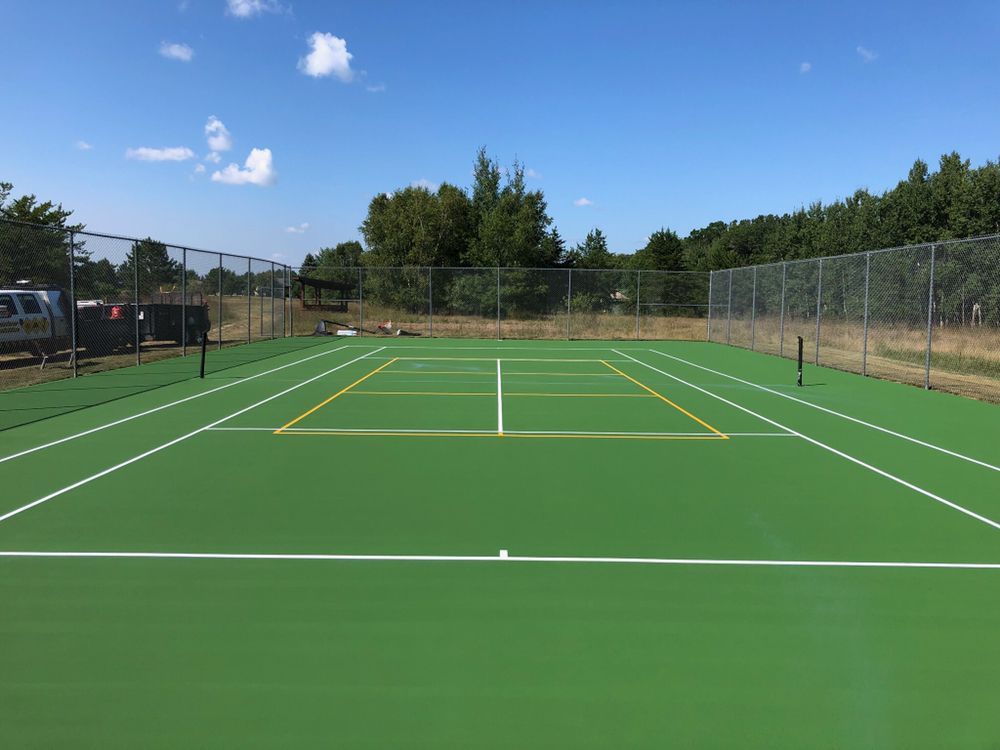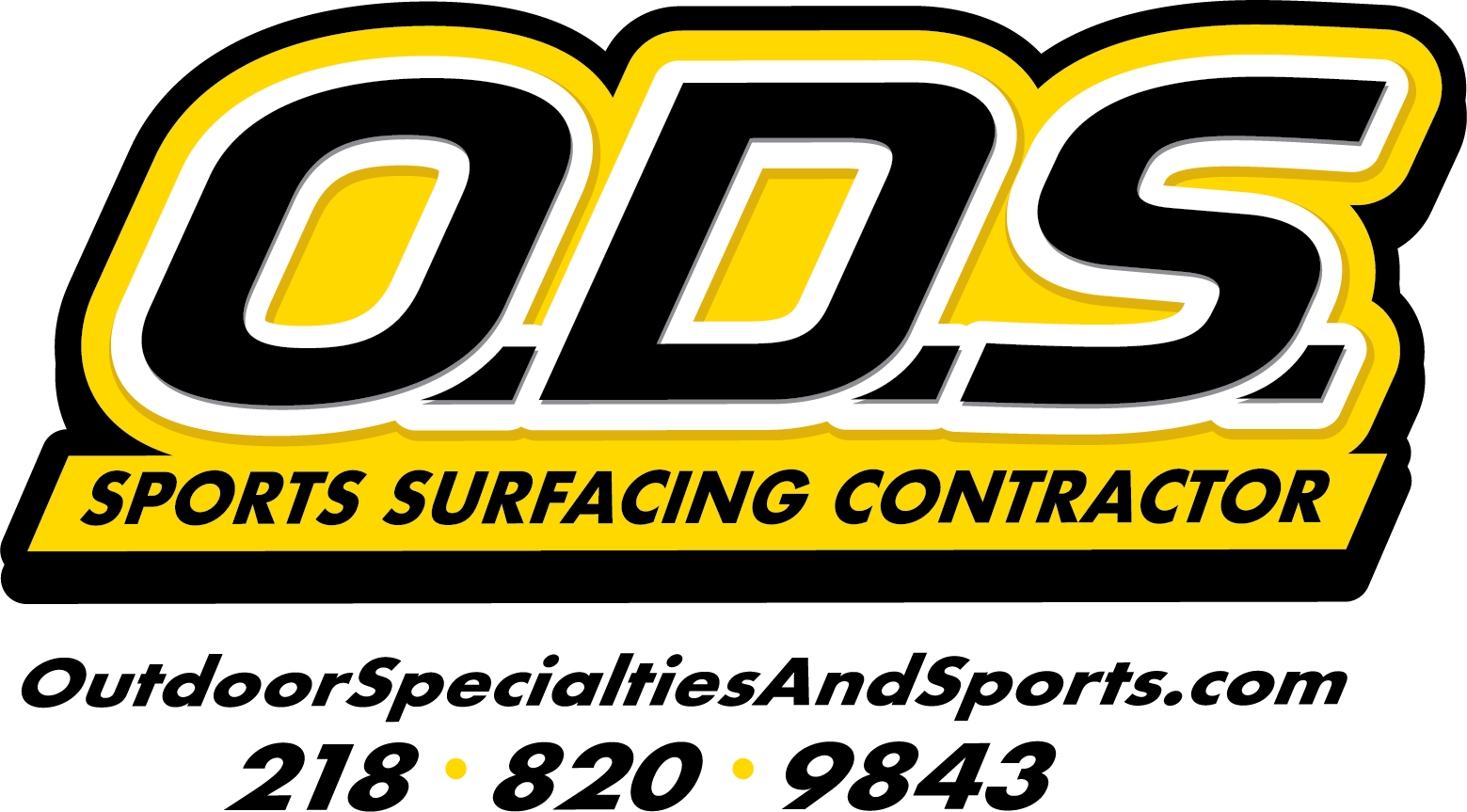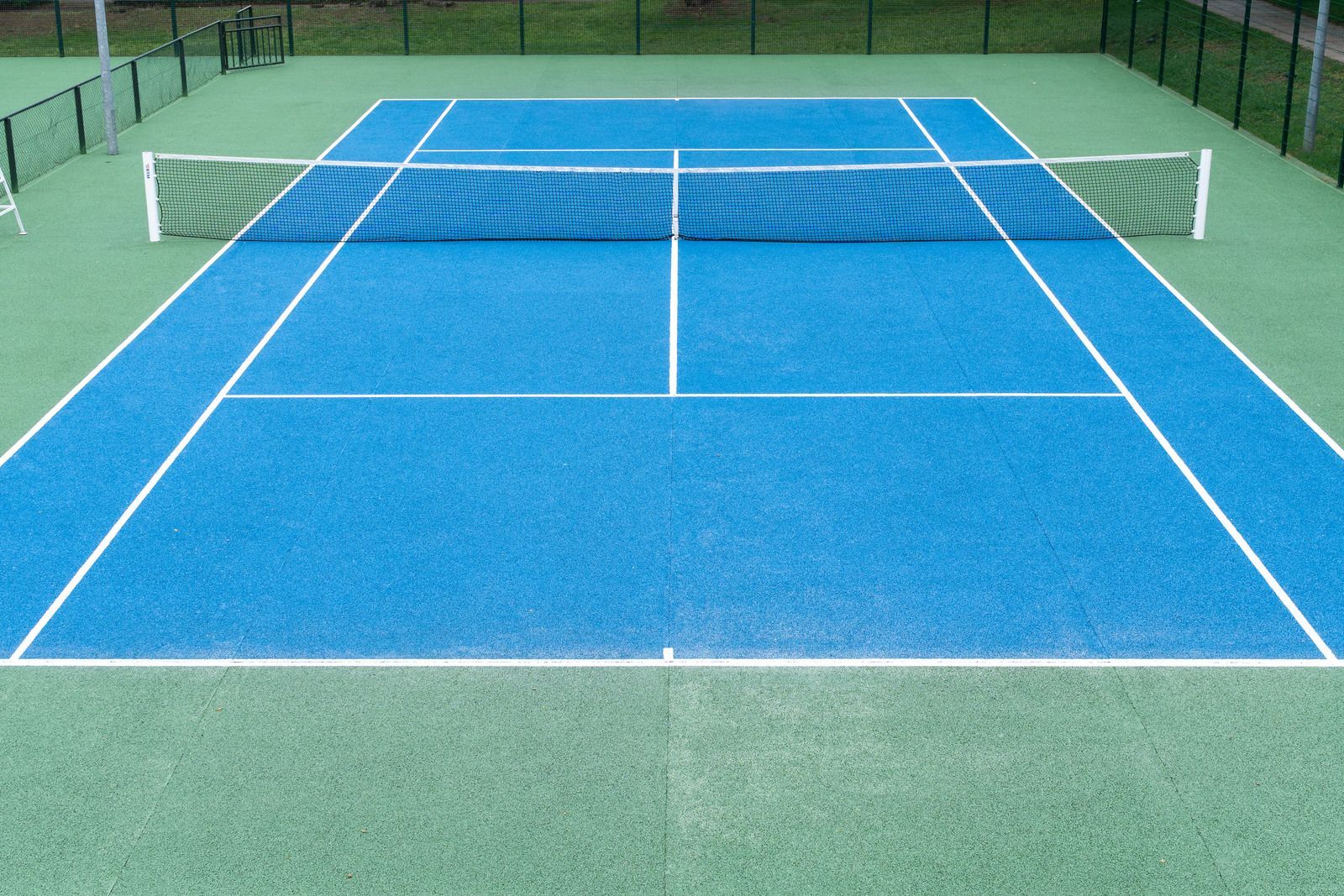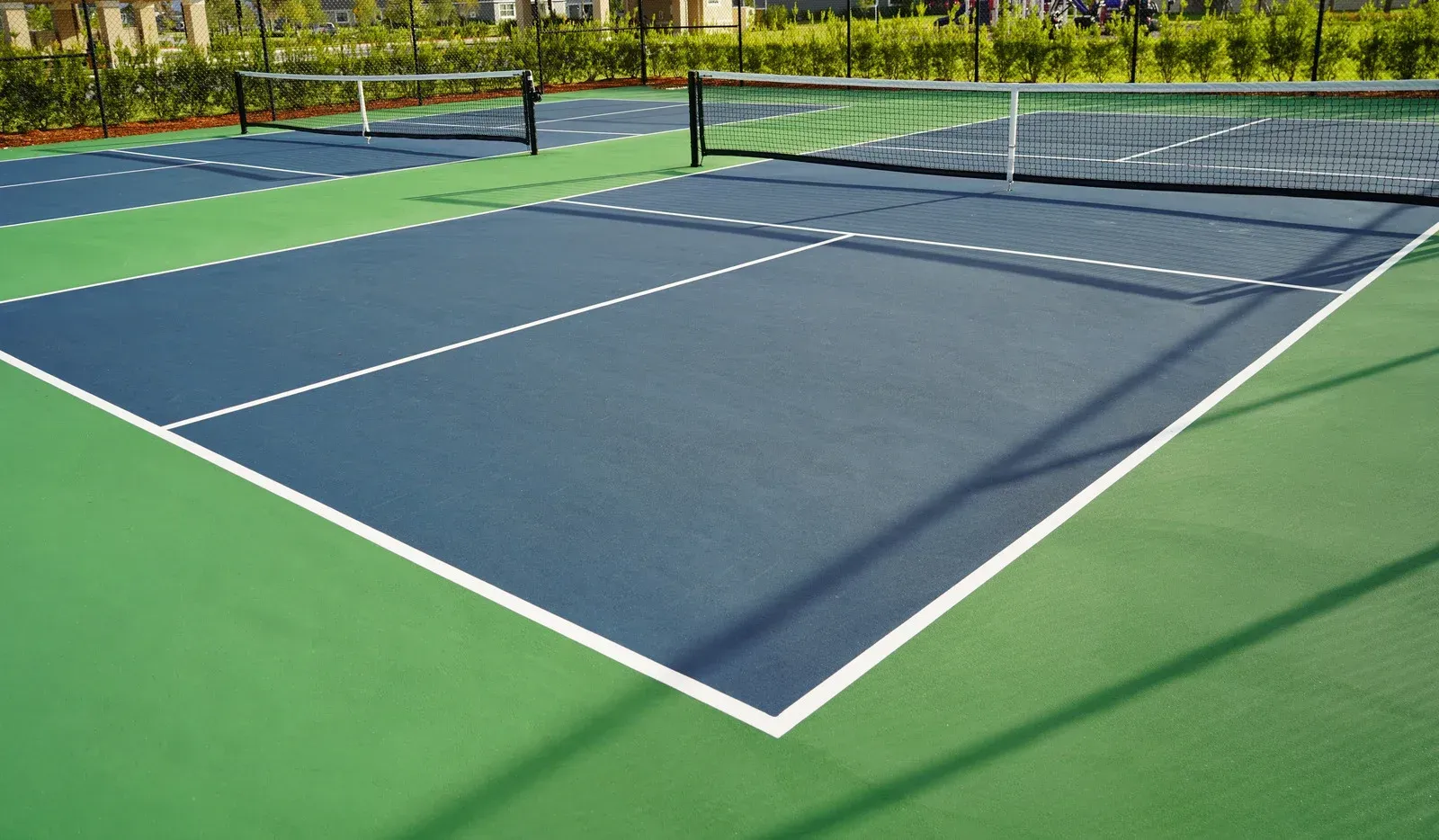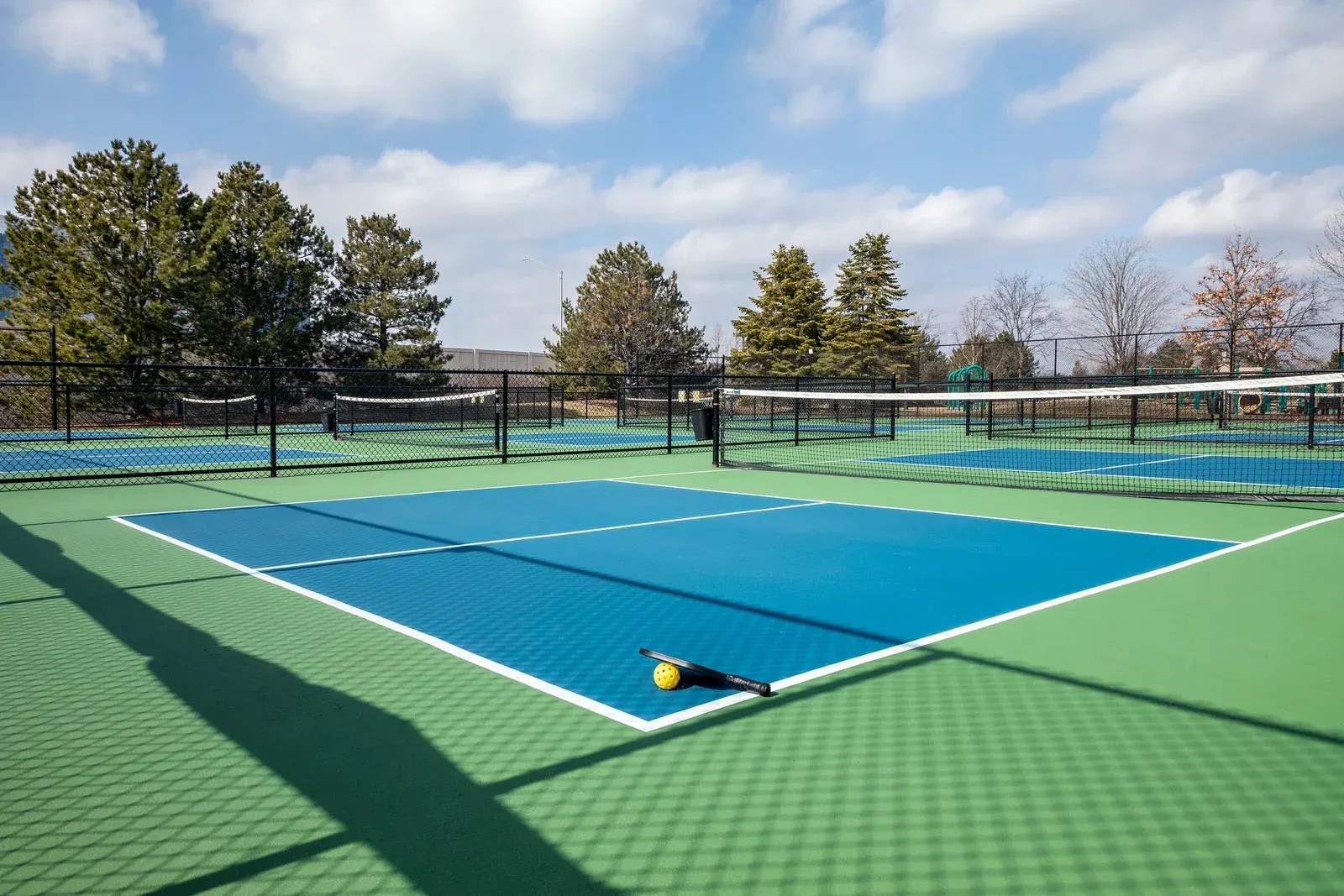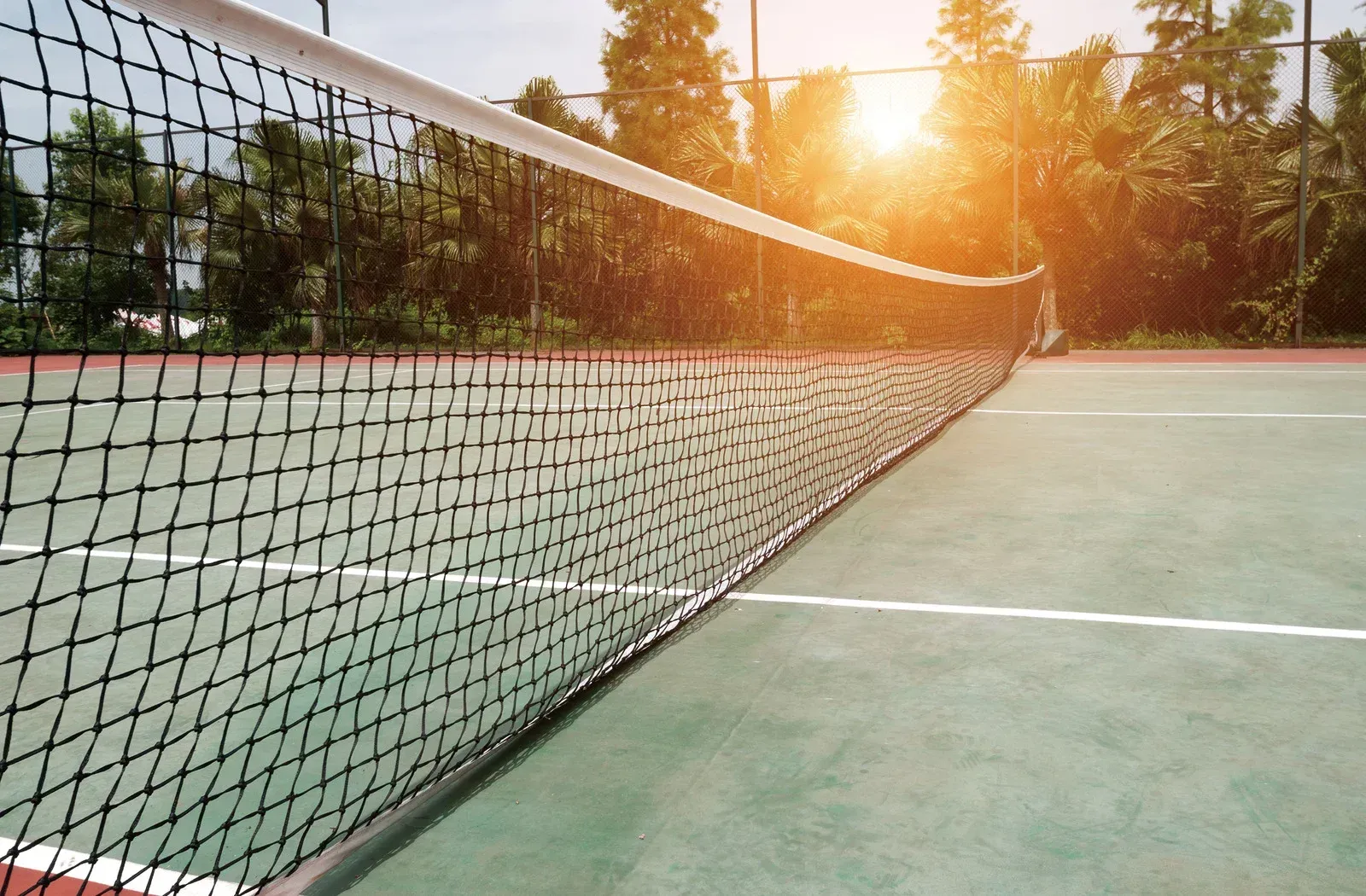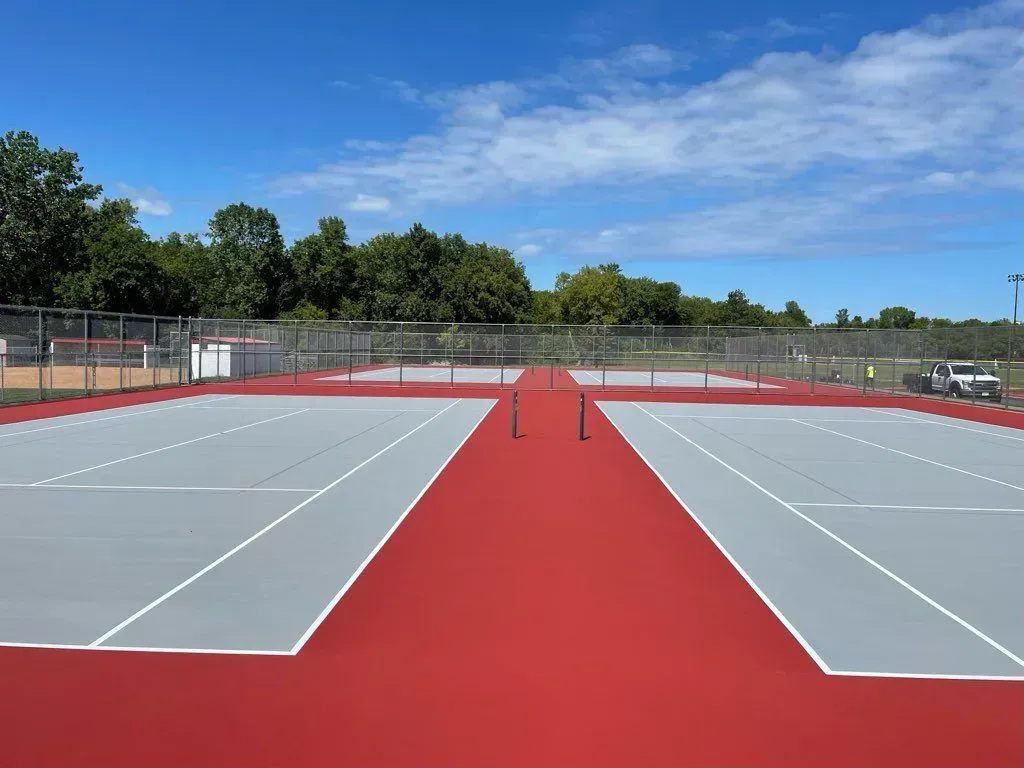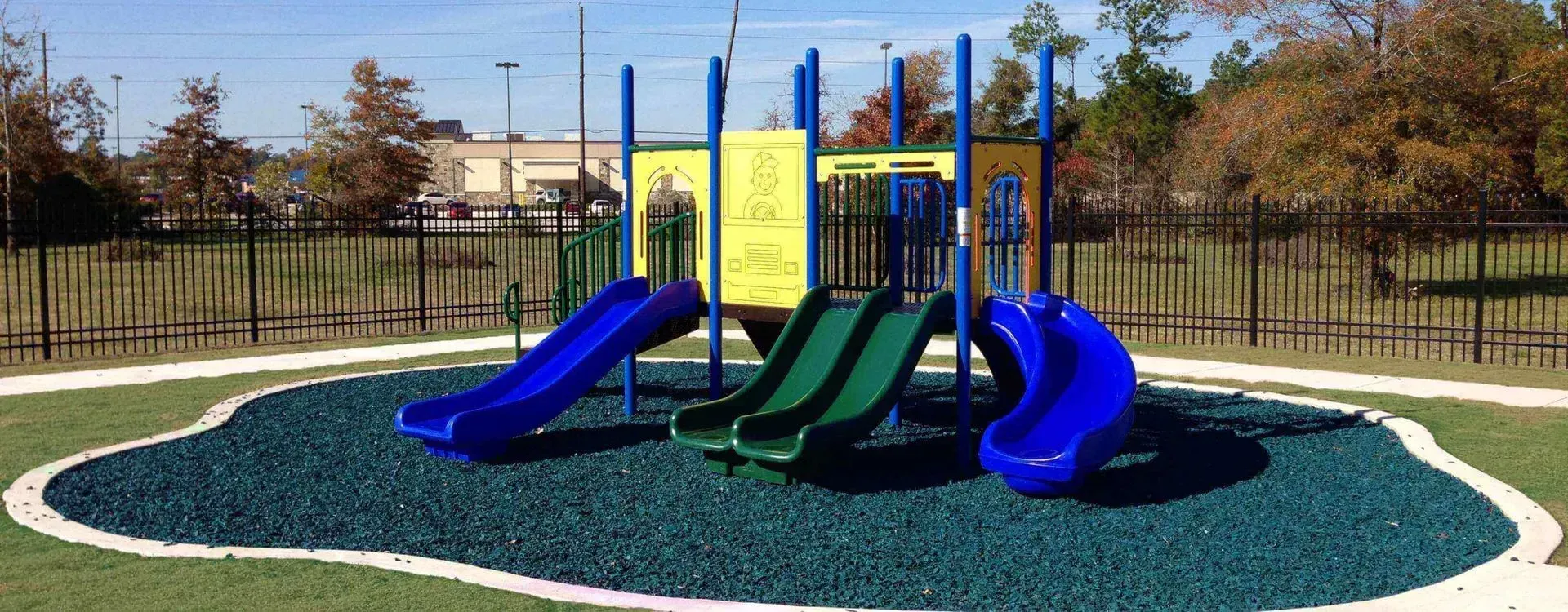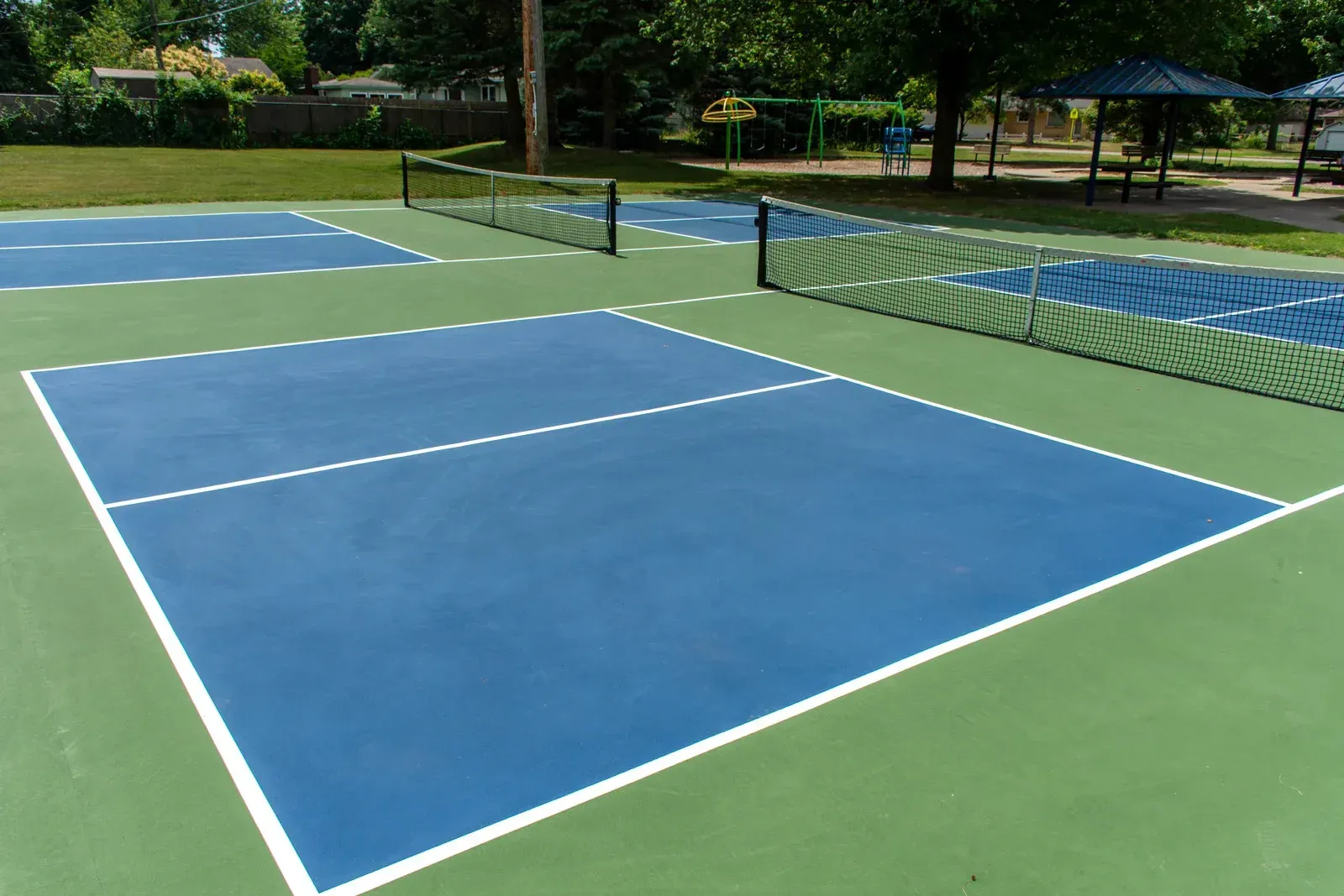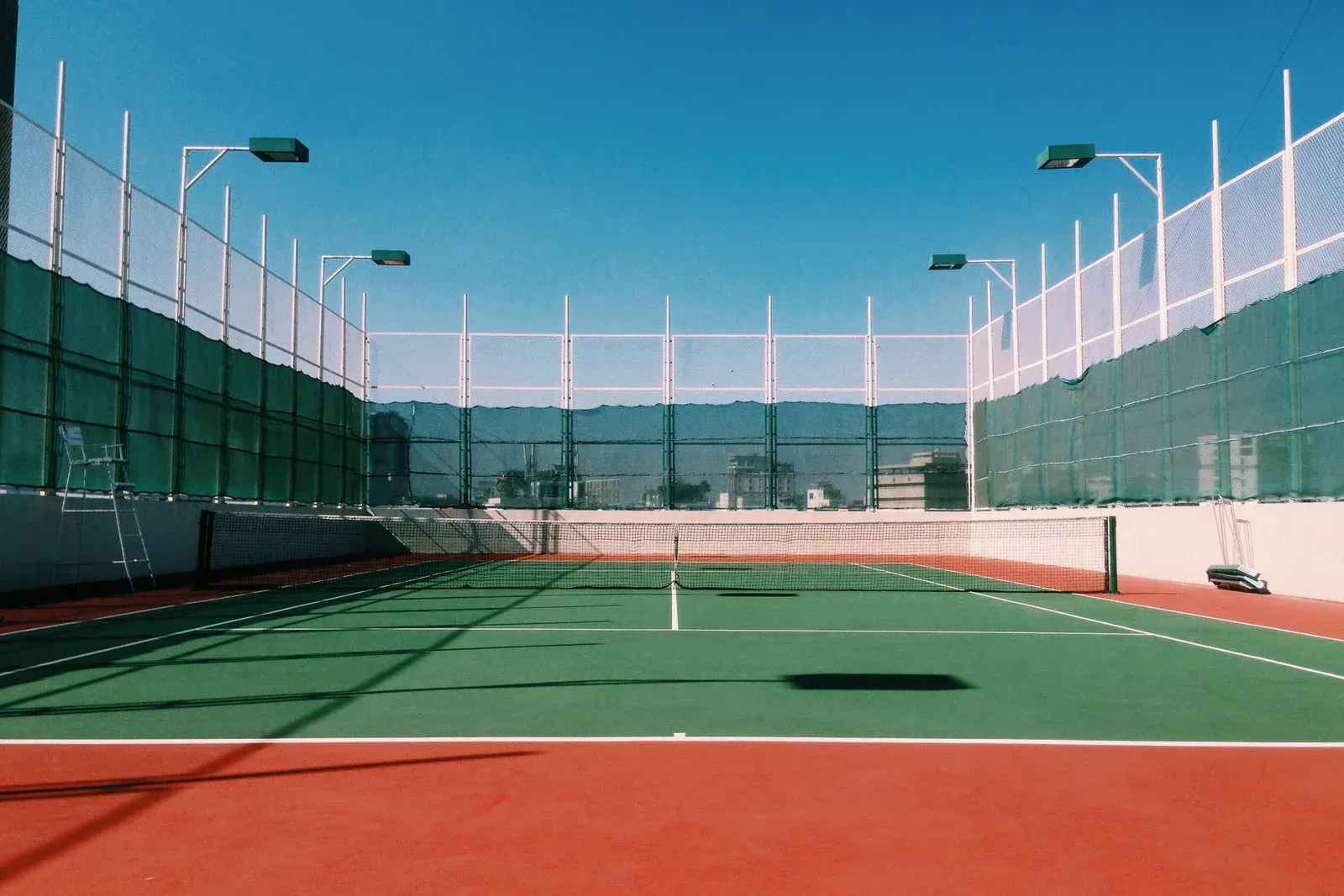Mistakes To Avoid During Complete Sports Court Resurfacing Projects
Ignoring Surface Preparation
One of the biggest mistakes occurs when old cracks, dirt, or uneven patches are not fully cleaned and repaired before resurfacing begins. Laying new layers on top of a damaged surface traps problems beneath, which later reappear as larger cracks or bumps. Proper preparation is the foundation of successful resurfacing.
Choosing the Wrong Materials
Not every coating or resurfacing product suits every court type. Selecting low-grade or mismatched materials results in poor traction, fast wear, and unsatisfactory play conditions. The right choice depends on the surface, usage level, and local weather patterns. High-quality materials may cost more initially but save significant money over time.
Overlooking Drainage Issues
A resurfaced court that cannot drain water effectively becomes unsafe and deteriorates quickly. Many owners fail to address existing drainage issues before starting resurfacing, which leads to standing water and surface damage. Adding or repairing drainage systems ensures the new surface lasts longer and remains safe in all weather.
Ignoring Professional Guidance
Attempting a resurfacing project without expert guidance often causes unnecessary errors. Professionals understand the correct application techniques, curing times, and finishing details that make the court durable. Relying on guesswork increases the chances of costly problems appearing shortly after the project ends.
Rushing the Curing Process
Freshly resurfaced courts need time to cure properly. Allowing play too early damages coatings, creates dents, and reduces overall lifespan. Owners sometimes rush to reopen the facility, which ends up requiring more repairs. Patience during curing ensures the surface remains strong and consistent.
Neglecting Weather Conditions
Resurfacing in unsuitable weather is another common error. Extreme heat, cold, or unexpected rain affects how coatings bond and cure. Projects planned without checking reliable forecasts may result in uneven surfaces or weak finishes. Choosing the right season and monitoring weather ensures better results.
Forgetting Line Markings
Line markings define the play area, and skipping precise measurements or using low-quality paint makes the court look unfinished and confusing. Faded or crooked lines affect the quality of play. Using durable, weather-resistant paint keeps markings clear and visible for years.
Failing to Plan Long-Term Maintenance
Resurfacing improves a court, but without regular upkeep, the new surface wears out quickly. Many owners overlook maintenance planning after resurfacing, which shortens the lifespan of the project. Scheduling routine cleaning, inspections, and minor repairs ensures the investment continues to deliver value.
Conclusion
Outdoor Specialties
provides
professional sports court resurfacing services throughout Pine River and across Northern and Central Minnesota, helping owners avoid costly mistakes while ensuring every resurfacing project delivers durability, safety, and long-term performance.
